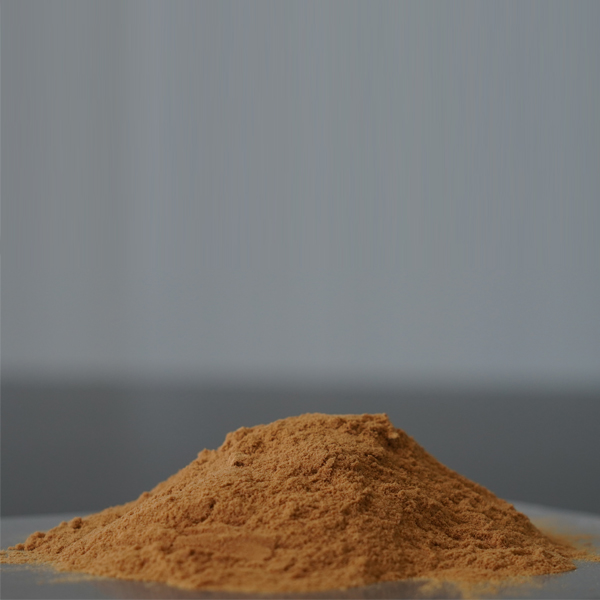
News
7月 . 26, 2024 12:32 Back to list
Comparative Analysis of Pricing for Polyglutamic Acid and Hyaluronic Acid in Current Market Trends
The Market Dynamics of Polyglutamic Acid and Hyaluronic Acid Pricing and Trends
As the beauty and skincare industries continue to flourish, the demand for high-performing ingredients has surged, with polyglutamic acid and hyaluronic acid at the forefront. Both of these compounds are renowned for their exceptional moisturizing properties and are frequently featured in a plethora of cosmetic formulations. However, as consumer awareness grows, so too does interest in the pricing and availability of these ingredients.
Understanding the Ingredients
Firstly, it's essential to understand what polyglutamic acid and hyaluronic acid are. Polyglutamic acid is a naturally occurring polymer composed of several glutamic acid molecules. It is celebrated for its ability to hold moisture—up to 5,000 times its weight—which makes it a star ingredient in hydrating serums and creams. On the other hand, hyaluronic acid, a glycosaminoglycan, is equally lauded for its hydrating properties, capable of retaining moisture in the skin and enhancing its elasticity. It's a staple in dermal fillers and various skincare products.
Pricing Factors
When discussing pricing, several factors come into play, including production costs, sourcing of raw materials, and market demand. Polyglutamic acid is often derived through fermentation processes, which can be more costly than the extraction methods commonly used for hyaluronic acid. As a relatively newer entrant in the skincare ingredient market, polyglutamic acid tends to command higher prices. However, its growing popularity is gradually driving costs down as more manufacturers enter the space and production methods advance.
In contrast, hyaluronic acid has been around for decades, leading to a more established supply chain and a competitive market landscape. This extensive industrial familiarity generally results in lower prices. However, the price of hyaluronic acid can vary significantly depending on its molecular weight and purity. Low molecular weight hyaluronic acid might be less expensive but doesn’t provide the same level of hydration as high molecular weight variants.
polyglutamic acid and hyaluronic acid price

Market Trends
Recent trends indicate a rising preference for products containing polyglutamic acid as consumers become more educated about its benefits. Many brands are beginning to utilize this ingredient alongside hyaluronic acid to enhance hydration levels further, drawing in consumers looking for high-quality skincare solutions. This trend has led to a dual pricing strategy where products featuring both ingredients may have a higher price point, reflecting their combined efficacy.
Moreover, as the clean beauty movement gains momentum, the demand for sustainably sourced and environmentally friendly ingredients has increased. Brands emphasizing transparency in sourcing and sustainability practices may charge a premium for their formulations. Consequently, the prices of polyglutamic acid and hyaluronic acid products can vary widely based on brand positioning and production ethics.
Conclusion
In the ever-evolving landscape of skincare, the interplay between ingredient effectiveness, consumer preferences, and market dynamics plays a crucial role in pricing strategies. While polyglutamic acid may often be perceived as the more expensive option due to its newer status and complex production processes, its potential for hydration and skin health is undeniable. On the other hand, hyaluronic acid remains a reliable, often more affordable choice due to its established popularity and manufacturing processes.
As the demand for these ingredients continues to grow, it’ll be fascinating to observe how their pricing evolves and how brands adapt their offerings to meet consumer needs. The future of skincare undoubtedly looks promising with the continued innovation and exploration of these powerful hydrating agents.
-
Polyaspartic Acid Salts in Agricultural Fertilizers: A Sustainable Solution
NewsJul.21,2025
-
OEM Chelating Agent Preservative Supplier & Manufacturer High-Quality Customized Solutions
NewsJul.08,2025
-
OEM Potassium Chelating Agent Manufacturer - Custom Potassium Oxalate & Citrate Solutions
NewsJul.08,2025
-
OEM Pentasodium DTPA Chelating Agent Supplier & Manufacturer High Purity & Cost-Effective Solutions
NewsJul.08,2025
-
High-Efficiency Chelated Trace Elements Fertilizer Bulk Supplier & Manufacturer Quotes
NewsJul.07,2025
-
High Quality K Formation for a Chelating Agent – Reliable Manufacturer & Supplier
NewsJul.07,2025
